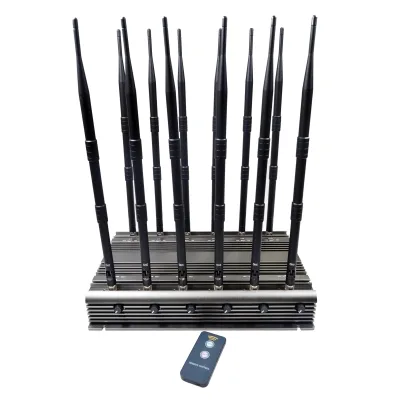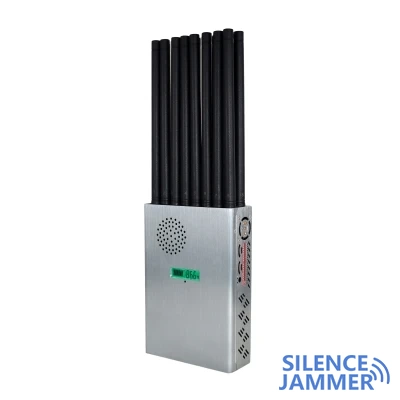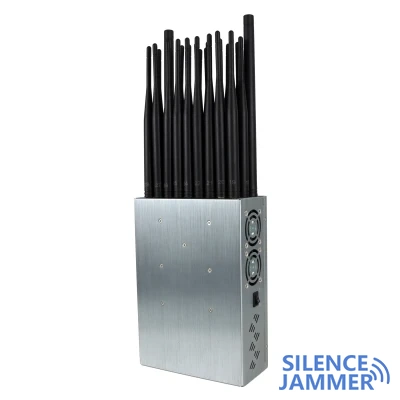T-HCBS signal jammer activated in prison sparks controversy
In order to combat the illegal use of mobile phones by prisoners, the Bangalore Palapana Agrahara Central Jail installed the latest phone signal jammer system "T-HCBS" in January this year. This system successfully curbed communication violations within the prison, but unexpectedly affected the surrounding communities, provoking a strong reaction from residents. Residents living within 500 meters of the prison found that their mobile phone signals were almost completely blocked, affecting daily communications, especially those living within 100 meters, who could hardly make calls or send and receive text messages normally.

| Residents' communications are blocked: potential risks brought by emergencies | The strong signal of the mobile phone signal jammer not only affects ordinary communications, but also triggers potential dangers in emergencies. Akash Sharma, a nearby resident, shared his recent experience: his three-year-old son caught a cold in kindergarten, and the school tried to contact him and his wife several times, but failed to notify them due to signal obstruction. In the end, the school had to contact neighbors to convey the news to the parents. This communication interruption made the Sharma family deeply uneasy, because the inability to contact the outside world in an emergency could lead to serious consequences. |
| Daily life is in chaos: residents continue to complain | It is not just emergencies, but daily life has also become difficult due to signal problems. For example, e-commerce couriers cannot contact customers to confirm orders, and food delivery drivers also face difficulties in delivering food due to the inability to contact customers. In addition, the one-time password (OTP) required for bank transactions is often delayed, resulting in obstructed online payment and shopping experience. At first, residents thought it was a network problem with the operator, and after several unsuccessful attempts to change SIM cards, they realized that the problem was with the newly installed phone signal jammer in the prison. |
| Authorities responded: Adjust the cellphone jammer device settings to reduce the impact | Faced with the strong dissatisfaction of residents, the Director General of Prisons Malini Krishnamoorthy publicly responded that this project was approved by the government to ensure the security of communications within the prison. She promised that the prison administration would conduct further investigations and try to adjust the phone signal blocker settings to reduce the impact on nearby residents. She also revealed that in recent tests, the signal jammer strength was reduced and the signal problem inside the prison was found to have recovered, indicating that there is still room for improvement in the system. |
National promotion plan for T-HCBS jammer system

It is worth noting that the "T-HCBS" system installed in Bangalore Prison is not the first time it has been used. The technology has been put into use in central prisons in many parts of India, including 14 prisons in Jammu and Kashmir and Tihar Jail in Delhi. The successful implementation in Bangalore paves the way for future promotion in seven other central prisons. However, how to balance the security of prison communications and the normal life of the surrounding communities remains a priority for the government.
The incident in Bangalore Prison highlights the contradiction between technology application and people's livelihood. How to protect the communication rights and interests of nearby residents while ensuring the safety of prisons is an issue that the authorities must carefully weigh when promoting signal jamming projects. Although the government emphasizes the importance of ensuring prison safety, such technology deployment still requires more detailed planning to avoid negative impacts on residents' lives. In the future, the authorities need to strengthen communication with the community and invest more energy in technical adjustments to ensure a balance between prison safety and residents' quality of life to avoid similar problems from happening again.




